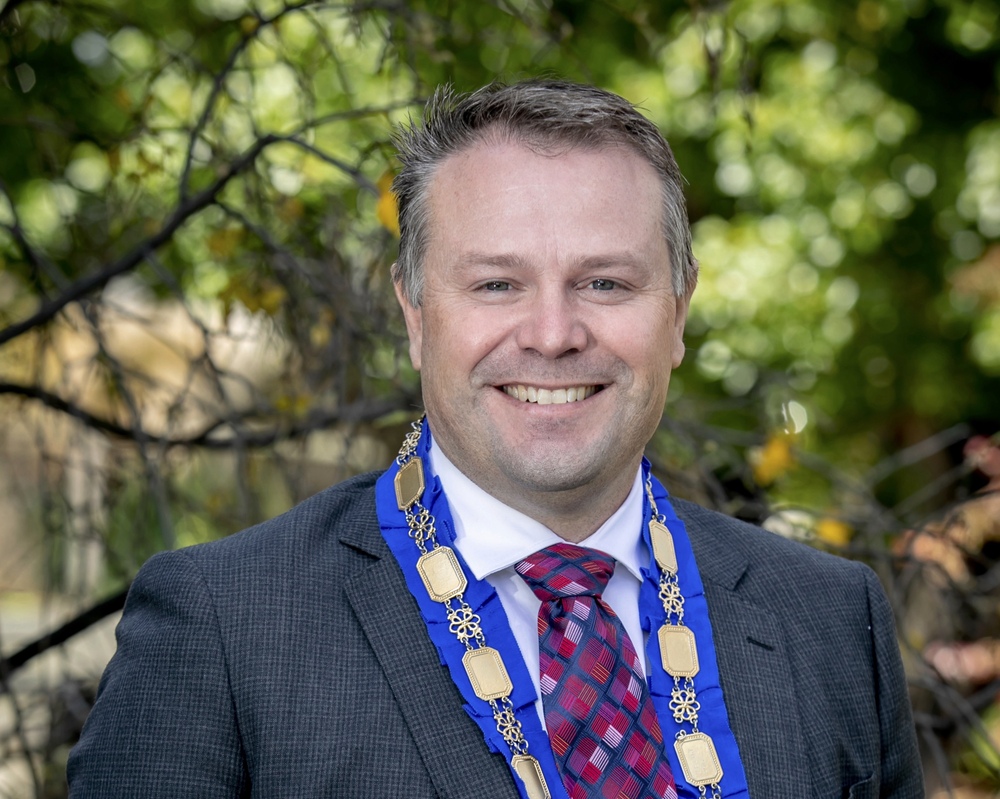Lessons from Queenstown’s sister city
Sue Wards
14 May 2024, 5:06 PM
 Aspen faces issues of worker accommodation, visitor numbers, and more.
Aspen faces issues of worker accommodation, visitor numbers, and more.Imagine a tourist town where local workers can no longer afford to buy houses, there is tension between the community and the local government about carrying capacity for the local airport, and ongoing discussion about what is a sustainable number of tourists.
Queenstown Lakes District Council (QLDC) mayor Glyn Lewers told the Wānaka App there were striking similarities between issues facing this district and those facing the tourist town of Aspen, Colorado, when a delegation from Queenstown’s sister city visited last month.
“You’d bring up any issue and the similarity was very common,” Glyn said of the delegation’s three day visit.
“They’ve got the same issues but they've tackled them in a different way.”
Read more: Aspen delegation to Queenstown Lakes
Aspen has a very strict 10km2 town boundary and a population of 7,000 (around 6,000 permanent residents) - but the town brings in 9,000 workers a day by bus or private vehicle, on the one road into town.
The average worker earns $130,000 per annum, and the average Aspen house price is just over $13M.
It’s “a bit of a warning” to hear that the locals have been removed from their own towns, Glyn said.
“But they were quite clear: They’ve said ‘we’re a tourist town and we’re not going to try and do anything else’,” he said.
“I don’t want to go down a path where we just focus on tourism. This reinforced our actions to focus on reinvigorating the [Queenstown] city centre, pursuing tech opportunities, and promoting other industries.”
Housing: tax, tax, and tax
Glyn said it was very interesting talking about visitor accommodation and worker accommodation with Aspen’s mayor Torre and the delegation.
“They have a lot more control of a range of planning, legislative taxes and levies and legislative powers than what we do here. I looked on it quite enviously in some respects.”

Queenstown Lakes mayor Glyn Lewers
Their strict planning rules have screwed down supply and increased their house prices, Glyn said.
Aspen has created a secondary market under the free market, funded by a council levy, property taxes, stamp duty (a levy on any hiring of any service), taxes on short term rentals, and a one percent tax on any housing sale.
“The [Aspen] council does a lot of building and funding and takes on that risk. Our model, the Queenstown Lakes Community Housing Trust [QLCHT, based on a model developed in Aspen in the early 1980s] does that.”
Aspen workers live in planned dormitory suburbs, and just 24 percent of the workforce is housed within the 10km2 town boundary.
“The equivalent of the [QLDC] CEO and the mayor lives in one of these secondary houses,” Glyn said. “More than half the delegates are living in houses provided by the equivalent of the housing trust.”
The secondary market (with prices from $400k to $1.8M) is for people who can’t afford to pay $13M on the free market. The second tier includes high density mixed use housing, with blocks of one bedroom studios and up to three-bedroom apartments.
How to pay for it all
Glyn said he liked Aspen’s visitor levy on short term rentals and visitor accommodation.
“Their accommodation levy reinforced that this council is on the track in pursuing it,” Glyn said.
Aspen had also adopted “an indirect payroll tax”, Glyn said: If a developer wants to build a new hotel or activity that requires employment they have to purchase an employment credit.
For example a hotel needing 100 employees would have to provide housing for 40 percent of those staff. If they don’t supply that housing, they can purchase credits from a credit market.
Developers can trade employment credits.
“My initial thought is ‘that’s the antithesis of taxing and employment’. That sort of stuff was really interesting to listen to.
Tourism carrying capacity
Glyn said Aspen is a few more years ahead of this district when it comes measuring the carrying capacity of a visitor economy.
QLDC currently has a project out to tender to identify a sustainable number of tourists.
“That number might [be in] flux depending on infrastructure provision within the district,” Glyn said.
“My view is it’s more of a range of numbers based on different scenarios.”
Aspen is also in a conversation about limits. There is currently no limit there beyond the market: the number of hotel beds and the price.
“Businesses don’t want limits, the community wants them,” Glyn said, adding that Aspen’s local body election later this year will decide which way they approach it.
“With Aspen Airport the relationship between the airport and the community was surprisingly similar to ours. Airport numbers, noise - those sorts of discussions are very similar to the ones we are having here.”
On the flip side, the Aspen delegation (which visited Queenstown, Arrowtown and Glenorchy) said they thought Queenstown Lakes “does tourism really well”.
The delegation was very interested in QLDC’s climate change policy, he said.
“We’re now looking at sharing more information, we’ve re-established a student exchange and another delegation is coming to Queenstown in October,” Glyn said.
PHOTOS: Supplied







